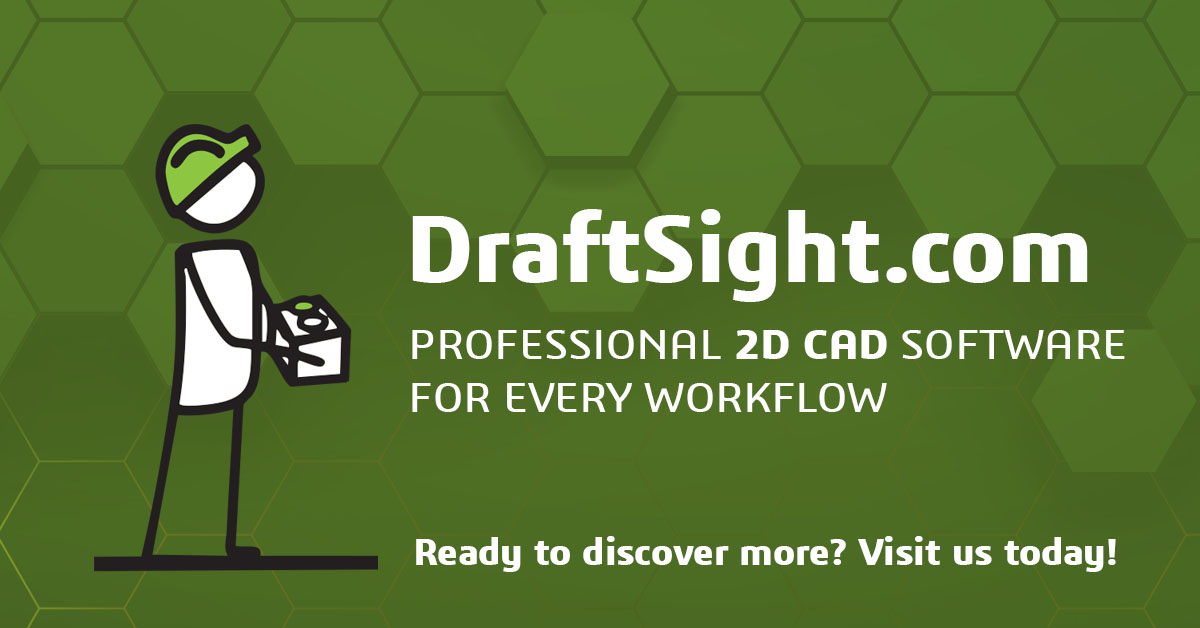The Ultimate Guide to Managing 2D CAD Software
Did you miss the action at 3DEXPERIENCE World 2025 and the session on managing 2D CAD software? Don’t worry! The session “Everything a CAD Manager Needs to Know” is now available on demand. It offers valuable insights into mastering CAD software management with tools like DraftSight. Tailored for CAD managers and administrators, it covers everything from licensing flexibility and application control to deployment strategies and learning resources.
Catch up on this session and explore additional keynotes and content from the event by visiting DraftSight’s 3DEXPERIENCE World 2025 page. Empower yourself with actionable strategies that drive productivity and efficiency in your CAD workflows. Read on for an in-depth breakdown of the best practices and expert tips shared during the session.

Managing 2D CAD Software Part 1 – Understanding CAD Software Licensing Models
Effective license management is the backbone of any CAD operation. Each organization has unique needs, making flexibility in licensing essential. DraftSight offers three primary licensing models, each tailored to specific organizational requirements:
1. Standalone Licenses
Standalone licenses are ideal for individuals or small teams working from a single device. These node-locked licenses are simple to manage and do not require complex server configurations. They come in two options:
- DraftSight Professional for essential 2D drafting.
- DraftSight Premium includes advanced features, such as enhanced productivity tools, BIM model, and 3D modeling.
2. Network Licenses
For organizations with distributed teams, network licenses are a cost-effective option. Benefits include:
- Centralized Management: A single license server manages a pool of licenses.
- Flexibility: Users can access software from any device on the network.
- Scalability: Easily add or remove licenses to meet evolving demands.
- Customizable Settings: Administrators can control user access and permissions, ensuring priority for critical teams.
This model supports complex server configurations, like single-server or redundant-server setups, ensuring reliability and failover support.
3. Named User Licenses
Cloud-based named user licenses offer enhanced security and convenience. Each user is assigned a specific license, and software updates and maintenance are automatically managed on the 3DEXPERIENCE platform on the cloud. Key advantages include:
- Secure, personalized access.
- Simplified management with real-time tracking of usage.
- Remote functionality for users working across different locations.
Understanding and selecting the right licensing model is a critical first step to effective CAD management, regardless of your organization’s size.
Managing 2D CAD Software Part 2 – Optimizing Application Flexibility and Control
One defining feature of DraftSight is its adaptability. Administrators and power users can enhance workflows by customizing the application to fit organizational needs. Here’s how application flexibility can translate into tangible benefits:
1. Customizing the DraftSight User Interface (UI)
CAD software often contains many features that go unused in certain workflows. By tailoring the UI, you can:
- Remove unnecessary tools to streamline workflows.
- Optimize the interface for specific user needs, reducing complexity.
- Create a standardized layout to increase efficiency and minimize user errors.
Administrators can override individual user configurations through profile XML and workspace XML files to ensure consistent standards. By managing these settings centrally, you prevent misconfigurations and maintain uniformity across your team.
2. Enhancing Productivity Through APIs
DraftSight supports customization through APIs (Application Programming Interfaces), enabling organizations to:
- Automate repetitive tasks.
- Integrate third-party tools for added functionality.
- Enforce design standards with custom templates and validation rules.
This level of customization ensures your team can tackle industry-specific challenges with high precision.
3. Control Through Configuration Files
DraftSight allows administrators to manage application behavior by using XML files. These files store user settings, UI elements, and workspace configurations. By deploying pre-configured files, CAD administrators can:
- Standardize settings across the organization.
- Avoid repetitive troubleshooting for individual user settings.
- Maintain a consistent workflow.
Managing 2D CAD Software Part 3 – Deploying CAD Software Effectively
Efficient deployment of CAD software is essential, especially when managing a large team or multiple locations. The DraftSight Deployment Wizard simplifies the installation process and ensures consistent configurations.
Benefits of the DraftSight Deployment Wizard
- Centralized Installation: Ensures uniform software deployment across all workstations.
- Version Control: Keeps all users on the same version to avoid compatibility issues.
- Time Efficiency: Saves hours of manual configuration by automating the setup.
- Rollback Options: Provides a safeguard to revert to previous settings if issues arise post-deployment.
With the Deployment Wizard, administrators can also include pre-configured templates, standards, and libraries, offering a tailored experience to users from day one.
Importance of Testing Packages
Before rolling out changes organization-wide, testing is critical. A robust test environment allows CAD managers to:
- Identify potential bugs or compatibility issues.
- Validate the software’s performance under real-world conditions.
- Ensure smooth integration with existing systems, avoiding workflow disruptions.
Prioritize pre-production testing to reduce downtime and protect productivity.
Continuous Learning Resources for Success
Keeping teams proficient with CAD software helps maximize efficiency, minimize errors, and maintain innovation. DraftSight offers a wide range of resources to ensure users stay up to date:
1. DraftSight Video Tutorials
DraftSight tutorials offer step-by-step guidance on platforms like the DraftSight YouTube channel. Whether you need to master essential drafting tools or implement workflow best practices, this resource serves everyone from beginners to advanced users.
2. Community Engagement
The DraftSight User Community is a collaborative space where CAD managers can connect with peers, troubleshoot challenges, and learn from experts. Highlights include:
- Access to an extensive knowledge base with guides, hotfixes, and FAQs.
- Discussion forums that provide solutions to common user challenges.
3. DraftSight Certification Programs
For organizations looking to standardize skill levels across teams or boost individual credentials, the DraftSight Associate Certification offers a structured path to mastery. Free certification opportunities are sometimes available, ensuring universal access to professional growth.
Final Thoughts
For CAD managers, optimizing software management is pivotal to supporting team productivity and maintaining high-quality outcomes. By employing the best practices outlined in this guide, you can ensure an efficient licensing structure, leverage application customization to meet specific needs, streamline deployment processes, and empower your team with continuous learning.
DraftSight’s robust features and innovative tools provide the flexibility and control necessary for modern CAD workflows. With intelligent management, your organization can drive efficiency, collaborate seamlessly, and scale operations effectively.
Don’t just stop here! Watch the “Everything a CAD Manager Needs to Know” session on demand and discover more keynotes and sessions by visiting the DraftSight LIVE at 3DEXPERIENCE World 2025 page. Transform the way your organization approaches CAD management today.




